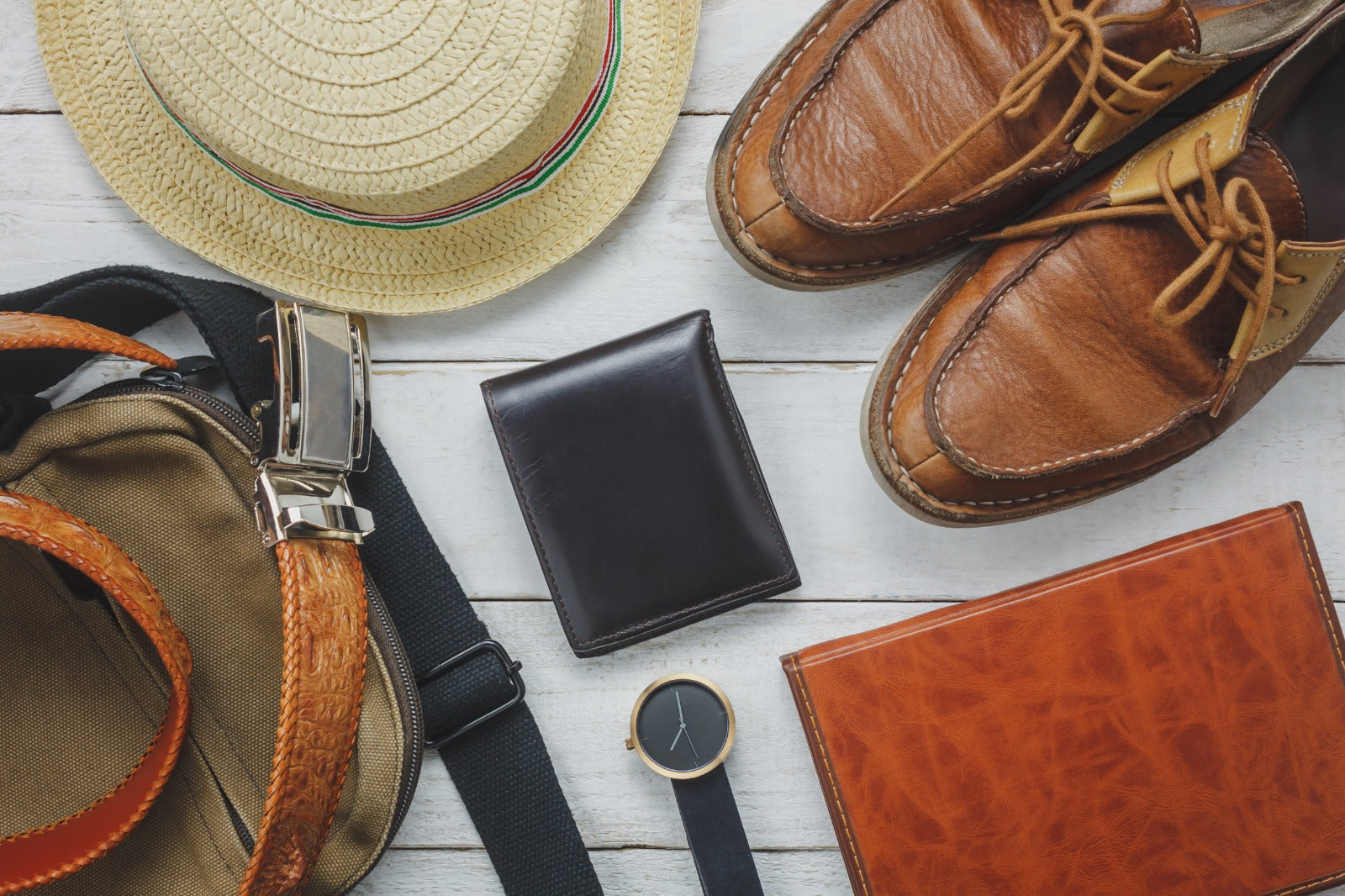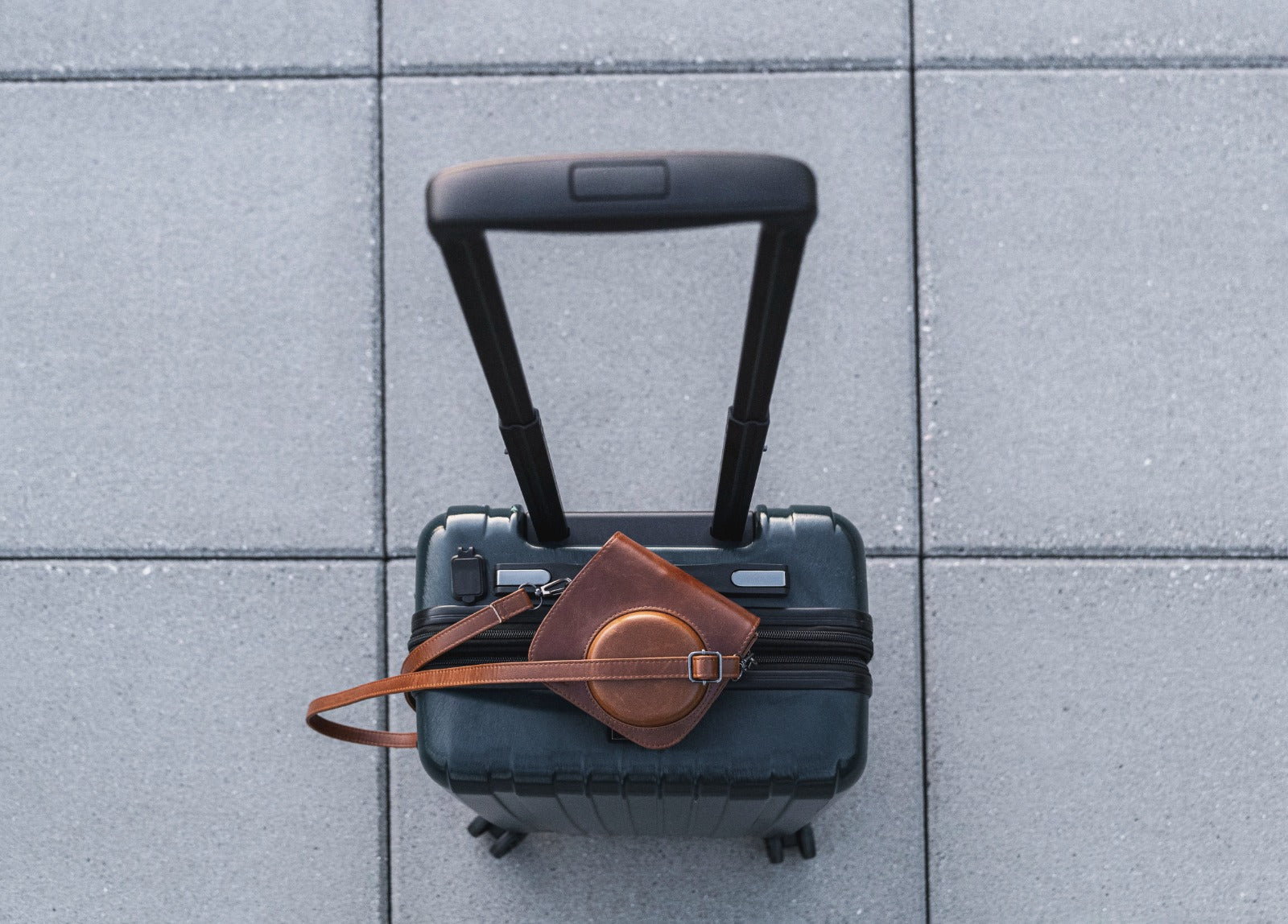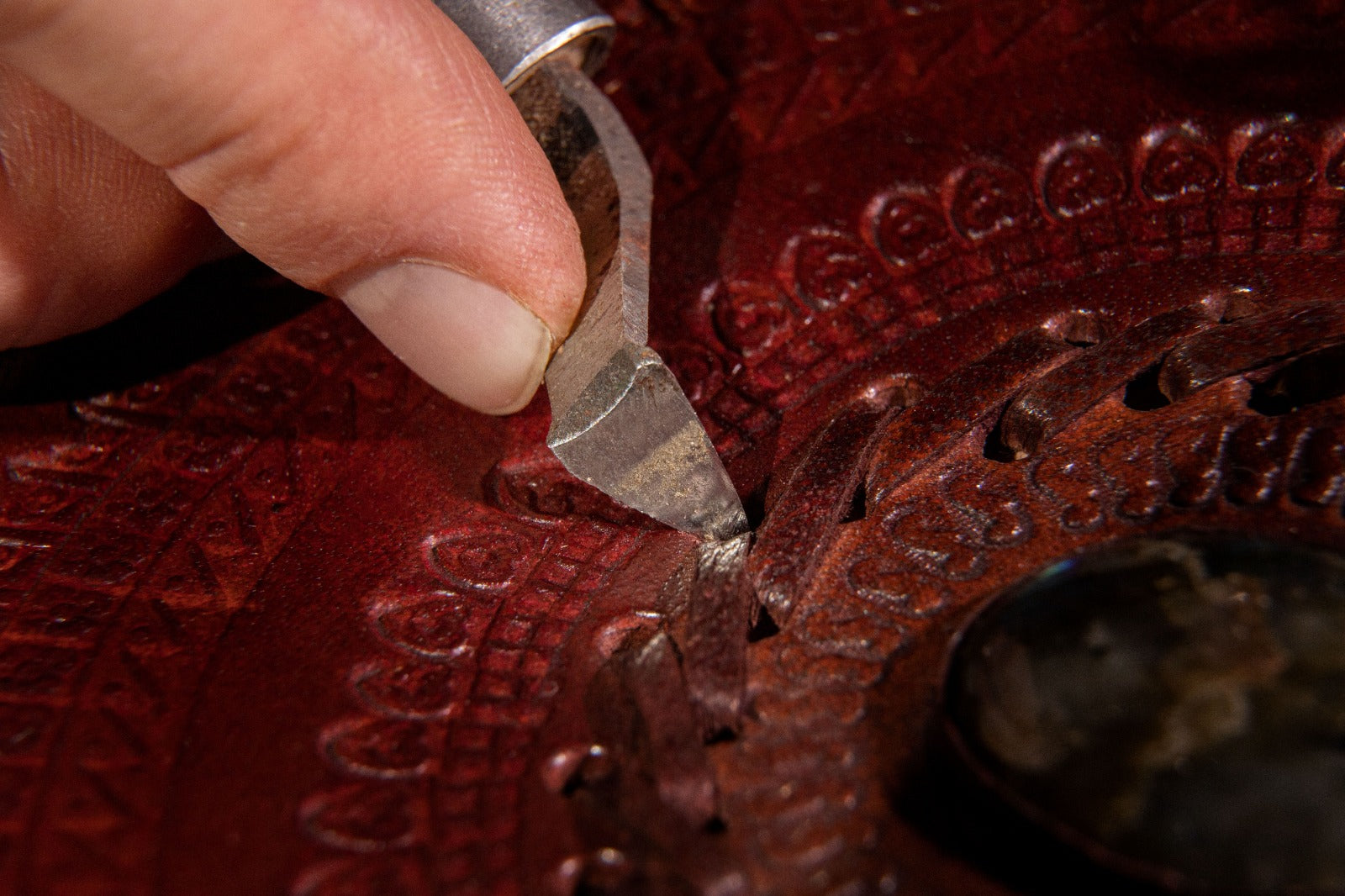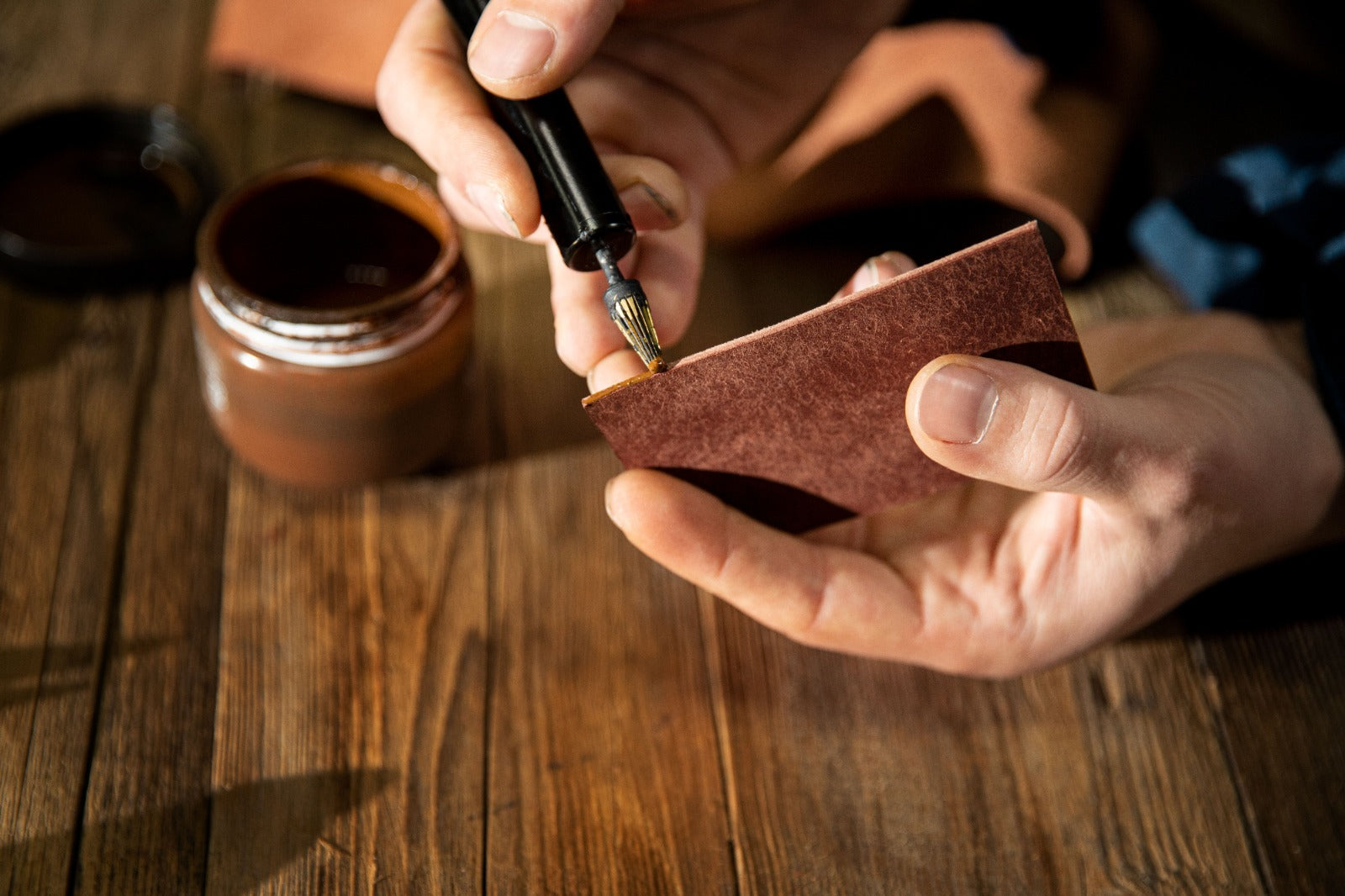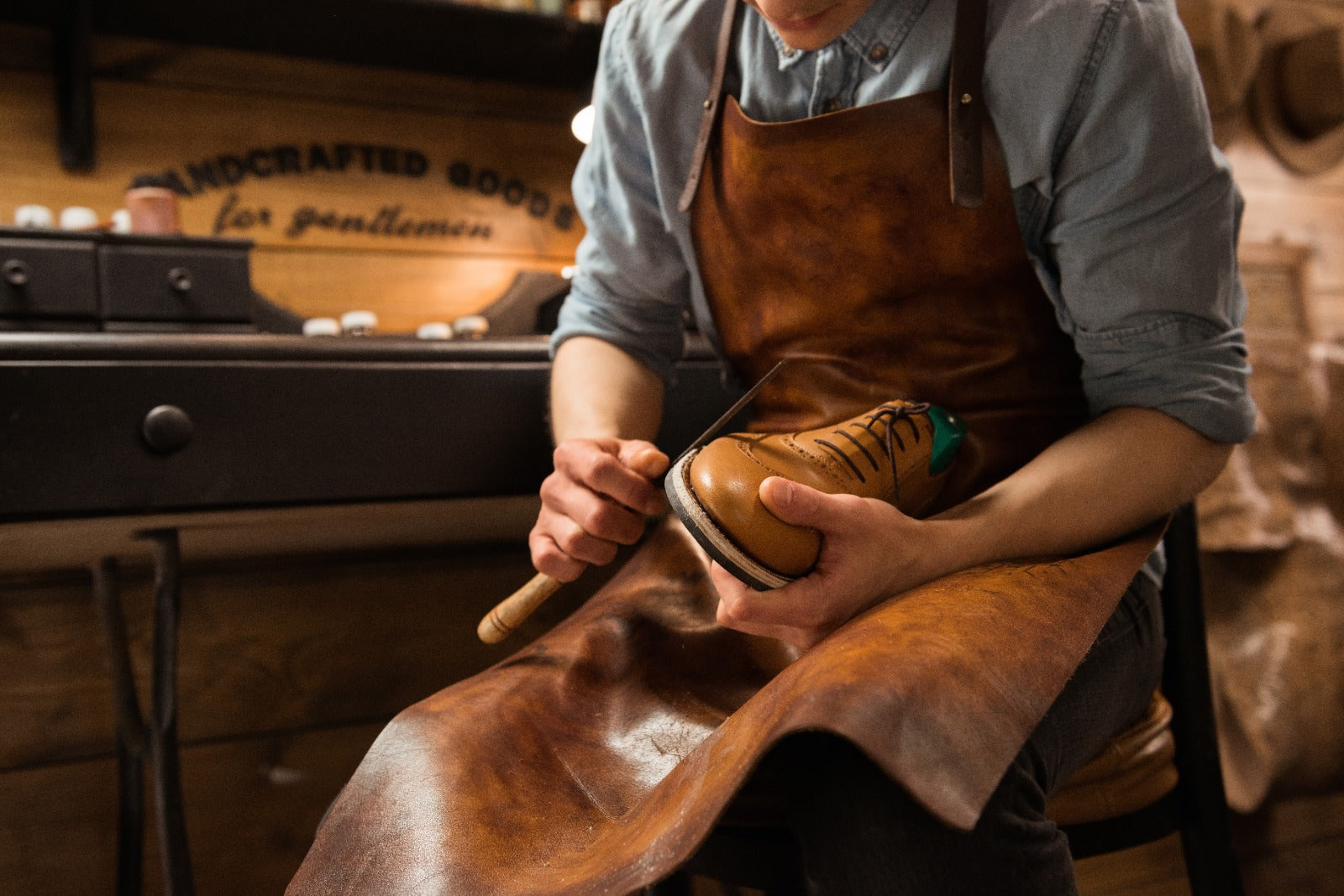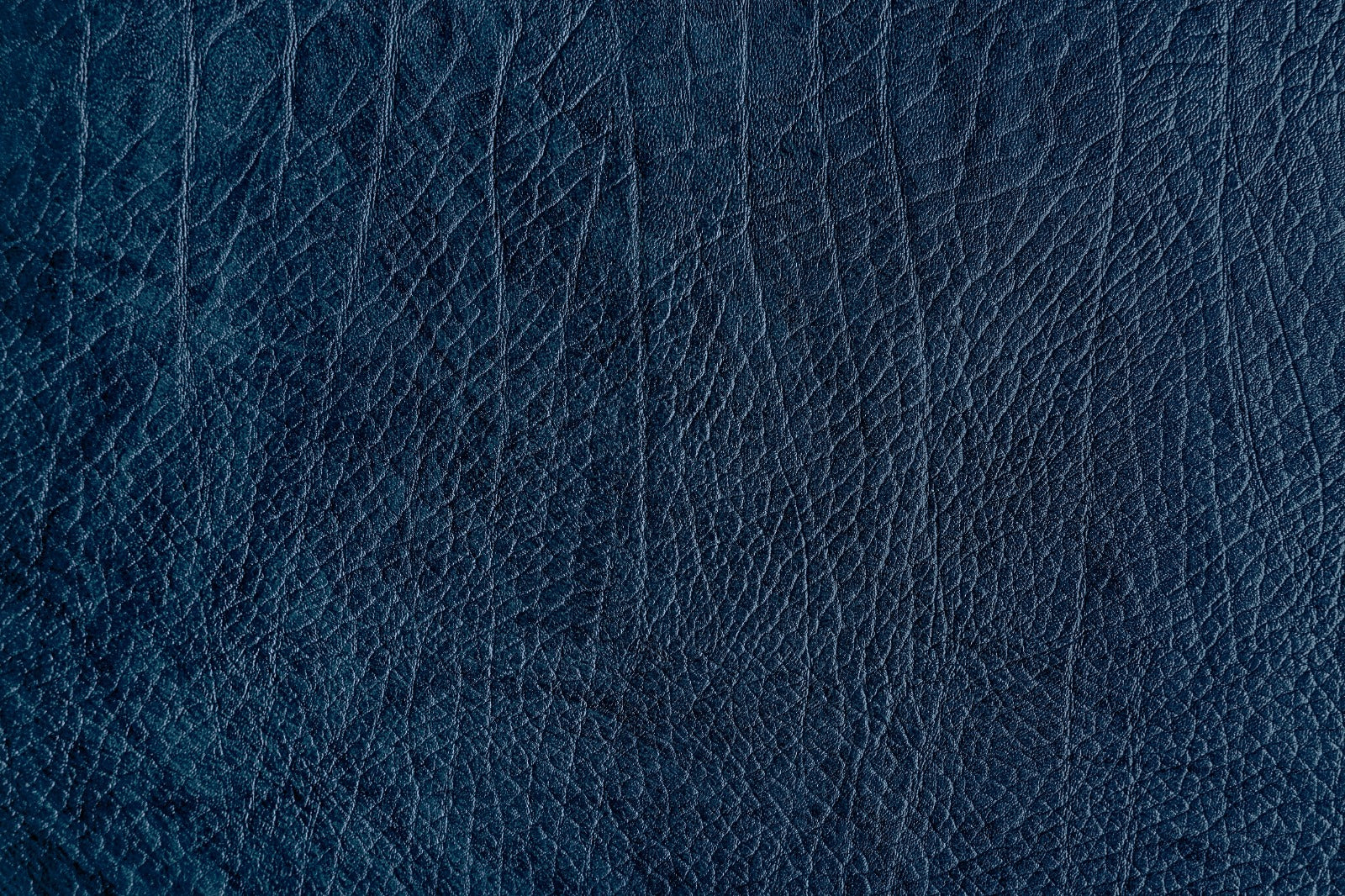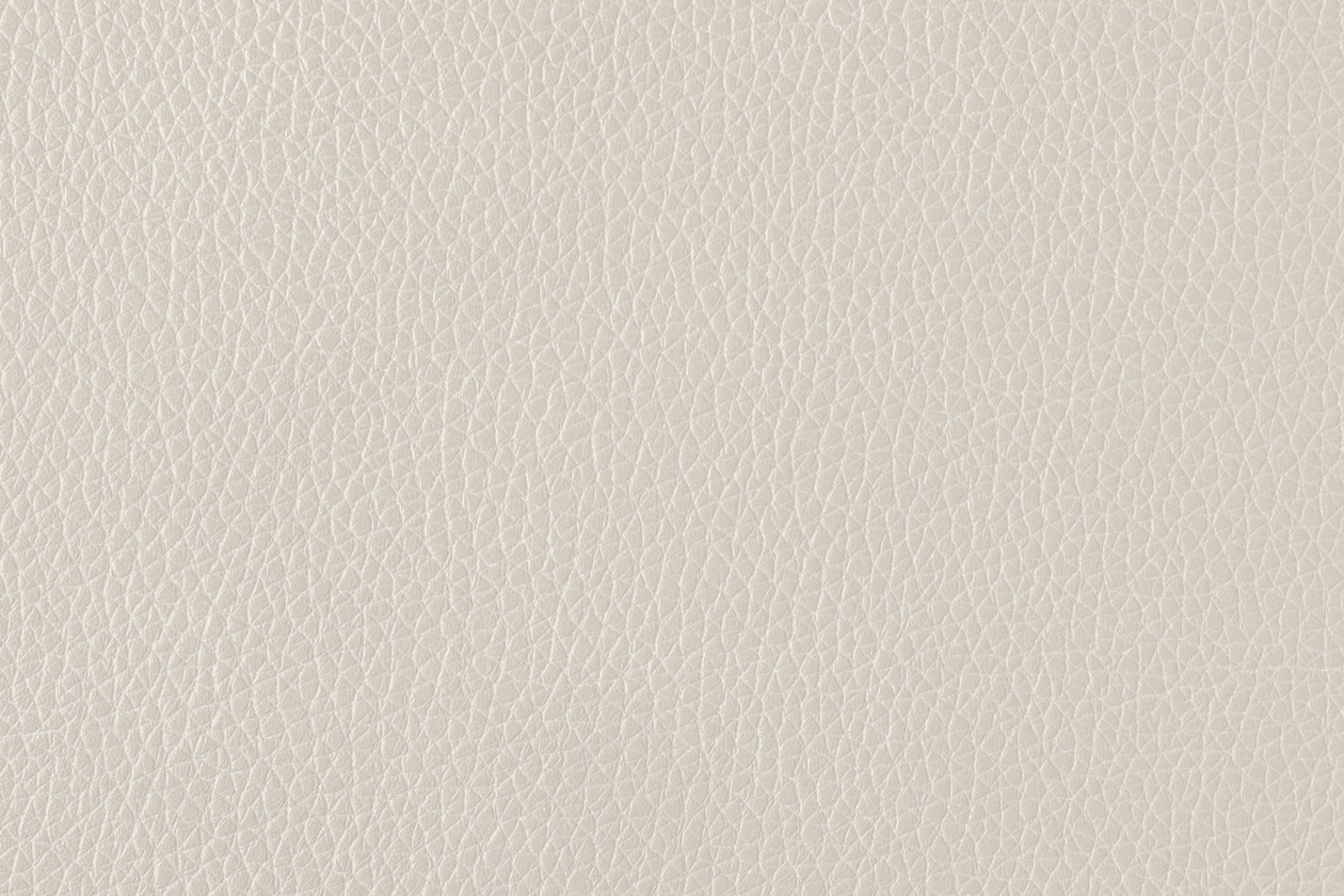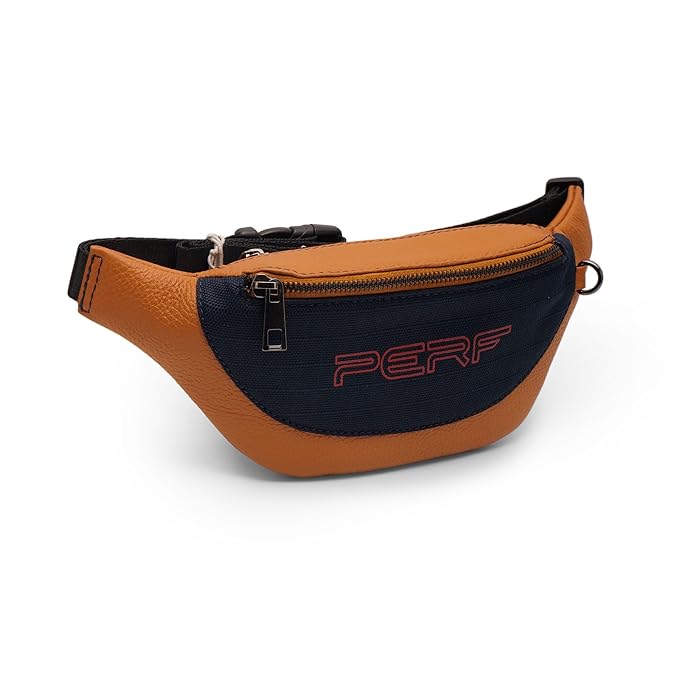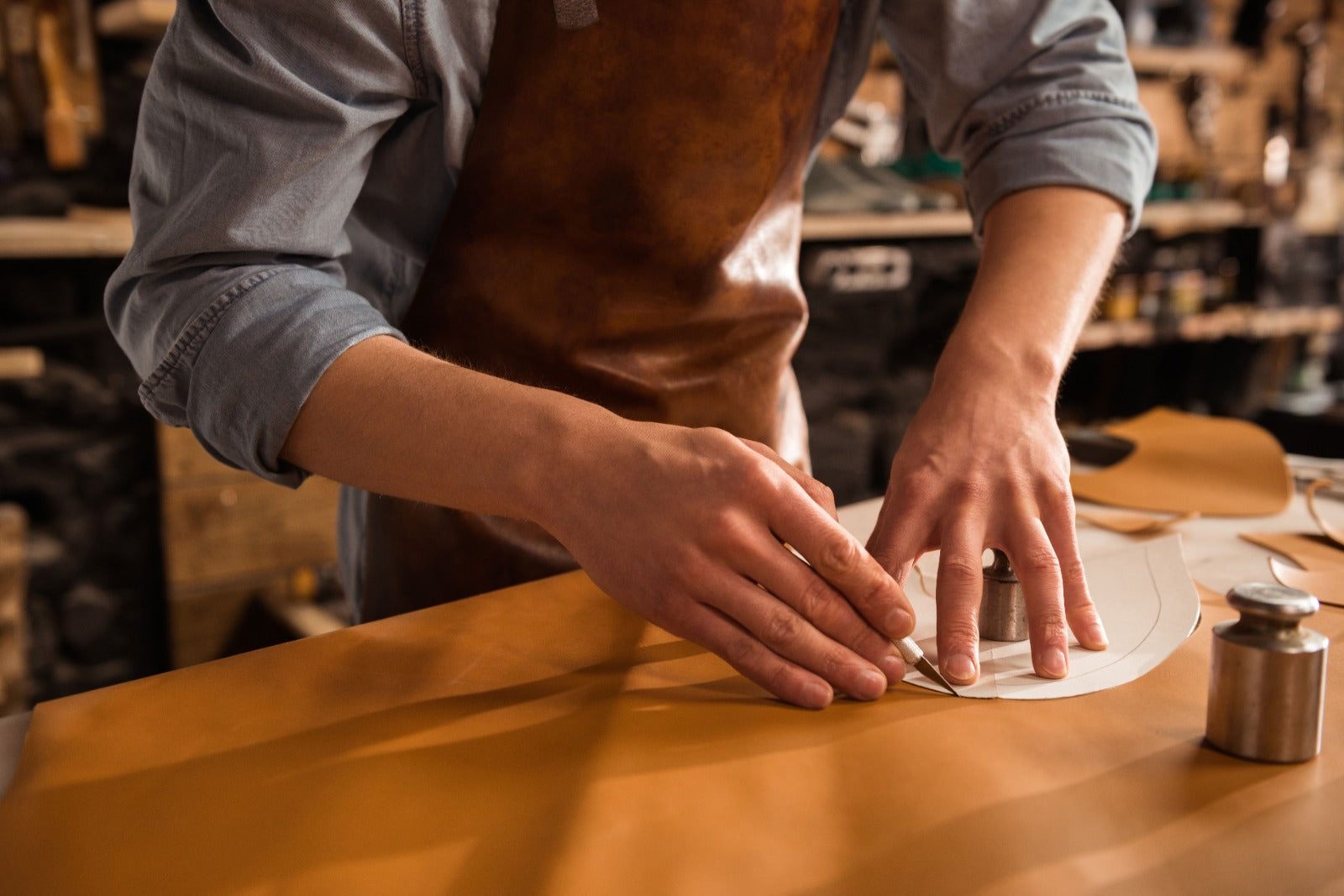
How to Soften Leather in 5 Easy Steps
Leather items like jackets, bags, shoes, and belts can stiffen over time due to wear, environmental exposure, or lack of care. With the right methods, you can restore suppleness while preserving leather’s natural beauty and durability. This guide outlines professional leather softening techniques, leather conditioning tips, and effective maintenance practices.
Why Leather Becomes Stiff
Leather stiffness often occurs because of:
-
Loss of natural oils from cleaning, friction, or prolonged wear
-
Drying out due to heat or inactivity
-
Accumulation of body sweat and dirt blocking absorption
-
Low-quality tanning or unfinished leather
To soften leather effectively, it’s essential to replenish oils, hydrate fibers, and promote flexibility without compromising the leather’s finish.
Materials You’ll Need
-
Soft microfiber cloths
-
Leather-safe cleanser
-
Natural leather balm or oil-rich conditioner
-
Soft horsehair brush
-
Distilled water in a spray bottle
-
Leather protector sealant
-
Soft weighted items (books or cloth-wrapped weights)
Step 1 – Clean Leather Thoroughly
-
Dust off the leather with a dry microfiber cloth
-
Apply a mild leather-safe cleanser mixed with water in circular motions
-
Avoid oversaturating; wipe clean with a damp cloth
-
Air-dry for 30–60 minutes
Result: Removes dirt, opens leather pores, and prepares it for conditioning.
Step 2 – Hydrate Leather & Apply Conditioner
-
Lightly mist leather with distilled water—avoid soaking
-
Let sit 5–10 minutes until slightly damp
-
Apply a small amount of natural leather balm or conditioner in circular motions
-
Massage into rigid areas for deep absorption
Tip: Use hand warmth to help oils penetrate fibers, ensuring even hydration.
Step 3 – Massage and Flex Leather
-
Fold, flex, and massage leather for 3–5 minutes
-
Mimic natural movement for jackets, belts, or bags
-
Optionally, place soft, cloth-wrapped weights overnight to gently shape the leather
Benefit: Aligns fibers and evenly distributes oils for improved flexibility.
Step 4 – Repeat Conditioning After 24 Hours
-
Reapply balm lightly to thicker or very stiff leather
-
Massage again and allow to rest overnight with weight
-
Multiple treatments may be necessary for old, hard, or heavy leather items
Step 5 – Seal and Protect Leather
-
Apply a leather protector sealant evenly in a well-ventilated area
-
Hold spray 6–8 inches away and allow it to cure for 12 hours
-
Protects against moisture, stains, and preserves leather suppleness
Optional: Heat Conditioning for Thick Leather
-
For boot shafts or heavy jackets, use a warm (not hot) cloth-wrapped heat pad for 2–3 minutes
-
Massage balm into softened surface, then let cool
-
Warning: Avoid direct heat to prevent damage
Professional Tips for Leather Softening
-
Use balanced formulas that condition without greasing
-
Neutral pH ensures no color change or darkening
-
Infused natural oils nourish fibers deeply
-
Follow product instructions carefully for safe results
Common Mistakes to Avoid
-
Using household oils like olive or coconut (can stain)
-
Over-applying conditioner, which clogs pores
-
Skipping the cleaning step, locking in dirt
-
Applying products on dry, unhydrated leather
-
Sealing before balm absorption, trapping moisture
Maintaining Soft Leather
-
Condition monthly to maintain suppleness
-
Apply leather protector quarterly to reinforce seal
-
Avoid storing in heat or damp conditions
-
Refresh balm after heavy use or friction
Softening Different Leather Types
-
Suede/Nubuck: Use suede-safe mousse, avoid oils, brush nap gently
-
Patent Leather: Wipe clean; softening usually not required
-
Pebbled/Grain Leather: Treat as smooth leather with hydration and massage
DIY vs Professional Softening
-
Routine care can be done at home with proper products
-
Vintage, rare, or thick leathers may require professional treatment
Summary Steps
-
Clean with leather-safe cleanser
-
Hydrate with distilled water and balm
-
Massage & flex leather
-
Repeat conditioning after 24 hours
-
Seal with leather protector
Final Thoughts
Softening leather restores comfort, flexibility, and durability while maintaining beauty. Following these five steps ensures your leather items remain supple and long-lasting.
